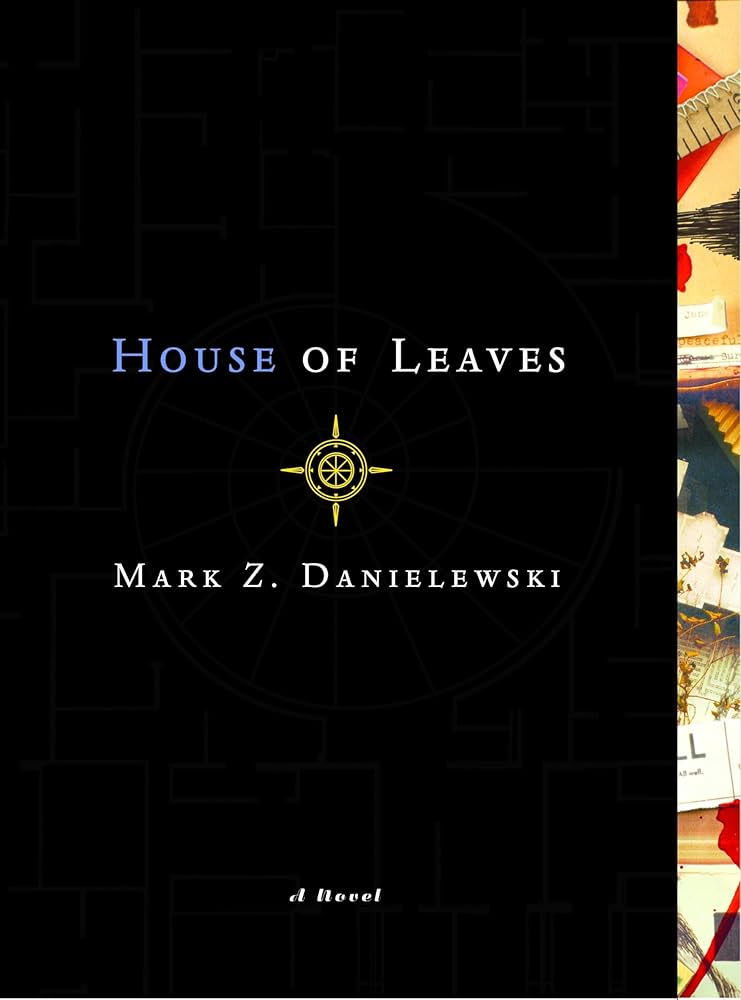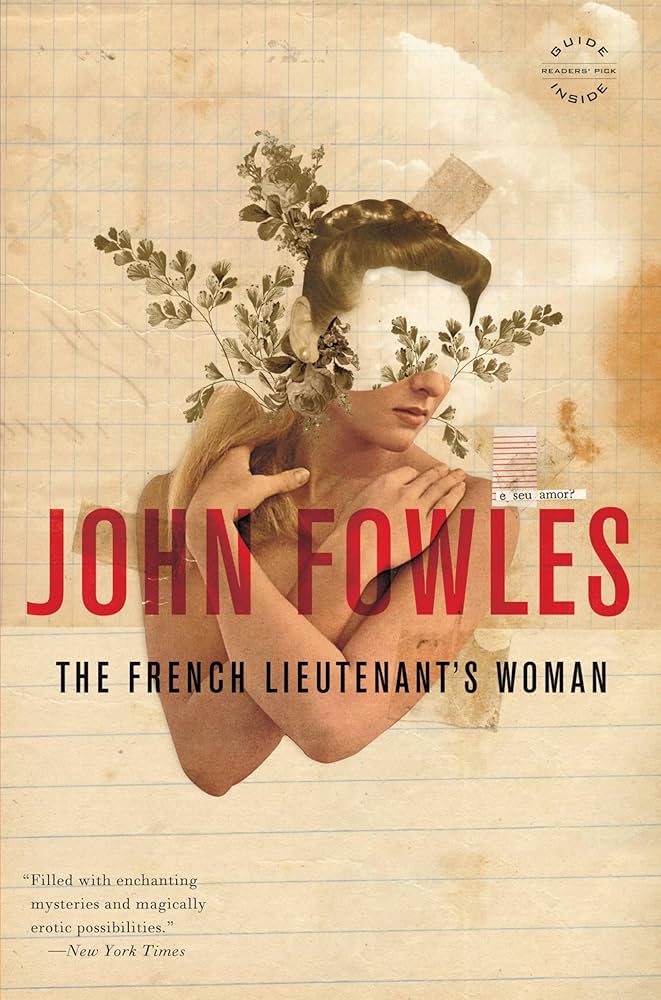Advice for writers
for writers
Meta Writing: How to Layer Self-Referential Writing Within Your Story

Navigating the Art of Self-Referential Narratives
As writers, we are always in search of new ways to enrich our storytelling. One approach that has consistently intrigued me is the use of meta writing—stories that are self-referential, acknowledging their own structure, creation, or existence.
Meta writing allows us to layer depth into our narratives and encourage readers to think critically about the text. It draws attention to the fact that a story is, in fact, a construct. Done well, it invites readers to engage with the text in new, profound ways. In this post, we’ll explore how to incorporate meta writing into your work and maintain balance so that your self-awareness enhances the experience, rather than detracting from it!
What Is Meta Writing?
Meta writing is a form of narrative that intentionally acknowledges itself as a story. It often features characters who are aware they are in a book, narrators who address the fact they are being written, or plots that comment on their own storytelling techniques.
This form of writing challenges traditional storytelling by reminding the audience of the fictional nature of the narrative. Meta writing is not merely a tool for complexity; it serves as a bridge that connects the reader with the story’s very structure and creation.
Why Incorporate Meta Writing?
Incorporating meta writing into your narrative offers several benefits:
Engagement: It encourages readers to question the narrative and their role within it, turning passive consumption into an interactive experience. By acknowledging that they are reading a constructed world, readers become active participants in deciphering and reflecting on the story.
Depth: Meta writing adds complexity to your story by creating layers of meaning. It allows for the exploration of themes like reality, identity, and existence, all while blurring the lines between fiction and reality.
Innovation: It opens doors for creative experimentation. Meta writing challenges conventional storytelling boundaries and encourages writers to think outside the box, fostering innovation in how we approach narratives and genres.
Examples of Meta Writing in Literature
Many great works of literature have employed meta writing to stunning effect. Here are a few examples of how authors have used this technique:
If on a Winter’s Night a Traveler by Italo Calvino
In this novel, the second-person narrator addresses the reader directly, creating an immersive experience that blurs the line between the reader’s reality and the fictional world within the book. The novel becomes a reflection on the act of reading itself.
House of Leaves by Mark Z. Danielewski
This book challenges traditional narrative structures by employing footnotes, multiple narrators, and non-linear storytelling. It tells a story within a story, where the format itself becomes a part of the narrative.
The French Lieutenant’s Woman by John Fowles
Fowles’ narrator frequently steps in to comment on the story, offering alternative endings and reflecting on the narrative choices. The story itself becomes a conversation about the nature of storytelling and authorial control.
These works show how meta writing can deepen the reading experience, offering both plot and commentary simultaneously.
How to Incorporate Meta Writing Into Your Story
Integrating meta writing requires finesse. If done well, it can create a multi-layered narrative that invites deeper engagement with the text. Here are some strategies for including meta elements without disrupting the immersion of your story:
Establish the Narrative Voice
First, decide on the type of narrator you’ll use. Is the narrator omniscient, unreliable, or self-aware?
A self-aware narrator, one who recognizes the process of storytelling, can offer insights into the narrative, characters, or even the writing process itself. For instance, a narrator might comment on how the plot is unfolding, subtly acknowledging their role in shaping it.
Use Self-Referential Elements Sparingly
While meta writing can be engaging, overusing it can make the story feel more like an intellectual exercise than an immersive experience. Introducing meta elements at key moments, when the reader is ready for them, will ensure that they enhance the narrative rather than overpower it.
Maintain Consistency
Consistency is crucial when using meta writing. The self-referential elements should align with the overall tone and genre of the story. An inconsistent use of meta references can confuse the reader, making the story feel fragmented or disjointed.
Engage the Reader
Encourage readers to reflect on the text’s construction and their role as interpreters. By weaving meta writing into the fabric of your narrative, you invite the reader to become an active participant in the story. This can make the experience more profound and rewarding!
Balancing Self-Referential Elements Without Breaking Immersion
The ultimate goal of meta writing is to balance self-awareness with narrative immersion. Here are some tips for maintaining that delicate balance:
Integrate Seamlessly
Meta elements should feel natural within the story. Rather than feeling like an afterthought or distraction, they should be integrated into the fabric of the narrative in a way that enhances rather than disrupts.
Consider the Genre
Certain genres, such as postmodern literature, are more conducive to meta writing. If your genre doesn’t typically allow for self-referential elements, use them with caution. For instance, in historical fiction or fantasy, a meta approach might feel out of place unless carefully constructed.
Test with Readers
Share your work with beta readers to gauge their reactions. Do they feel engaged and intrigued, or do they feel removed from the story? Beta readers can help you refine the balance between meta elements and narrative immersion.
Common Pitfalls to Avoid
While meta writing can be a powerful tool, there are, as with any technique, potential pitfalls to keep in mind…
Overcomplicating the Narrative
Excessive use of meta elements can overwhelm the reader. A story that’s constantly commenting on itself or drawing attention to its own structure can be difficult to follow. Strive for clarity, even in the midst of complexity.
Alienating the Reader
Meta writing should not distance the reader from the story. If done poorly, it can create a sense of detachment, making readers feel like outsiders looking in. The goal is to engage, not alienate.
Neglecting Character Development
Meta writing can sometimes overshadow the characters and their development. While it’s tempting to focus on narrative structure and commentary, remember that the heart of most stories lies in the characters. Don’t allow self-referential elements to detract from character-driven arcs.
Resources for Further Exploration
If you want to dive deeper into the art of meta writing, here are a few resources to explore:
Metafiction: The Theory and Practice of Self-Conscious Fiction by Patricia Waugh: This comprehensive text offers a detailed exploration of metafiction and its applications in literature.
The Art of Time in Memoir: Then, Again by Sven Birkerts: Birkerts examines how memory, time, and narrative intersect in memoir writing, offering insights that can be applied to meta writing.
Writing Fiction: A Guide to Narrative Craft by Janet Burroway: Burroway’s book offers a wealth of advice on narrative techniques, including the use of self-referential writing in fiction.
Embracing the Layers of Storytelling
Incorporating meta writing into your narratives can offer readers a richer, more interactive experience. By carefully balancing self-referential elements, you can create a story that not only entertains but also prompts reflection on the nature of storytelling itself. Remember, the purpose of meta writing is not to disrupt the flow of the narrative, but to add depth, encourage critical thinking, and offer new perspectives.
As you experiment with meta elements in your writing, keep in mind that the ultimate goal is to enrich the reader’s experience—not simply to showcase your literary prowess. Meta writing, when done well, can help your stories stand out, adding complexity and intrigue that keeps readers coming back for more.
Whether you’re writing a novel, a short story, or even poetry, the art of self-referential writing can add an invaluable layer of meaning and resonance to your work.

Erin K. Larson-Burnett, Production Manager at Atmosphere Press (submit your manuscript here!), is a born-and-raised Southerner currently living in Katy, Texas, with her husband and their small domestic zoo. She is an avid ink drinker who lives and breathes books—during the day, she works remotely with authors around the world, honing and perfecting books published through Atmosphere Press. By night, she crafts her own stories…or at least tries to. The Bear & the Rose is her debut novel.

Atmosphere Press is a selective hybrid publisher founded in 2015 on the principles of Honesty, Transparency, Professionalism, Kindness, and Making Your Book Awesome. Our books have won dozens of awards and sold tens of thousands of copies. If you’re interested in learning more, or seeking publication for your own work, please explore the links below.



